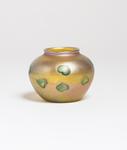 Tiffany Favrile Glass
Tiffany Favrile Glass Gold Iridescent Cabinet Vase
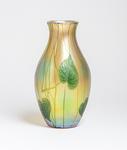 Tiffany Favrile Glass
Tiffany Favrile Glass Gold Iridescent Vase with Intaglio Leaves
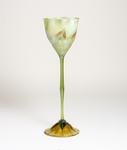 Tiffany Favrile Glass
Tiffany Favrile Glass Early Flower Form Vase
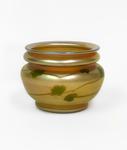 Tiffany Favrile Glass
Tiffany Favrile Glass Squat Vase
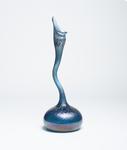 Tiffany Favrile Glass
Tiffany Favrile Glass Early Rosewater Sprinkler
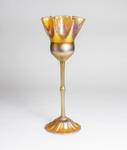 Tiffany Favrile Glass
Tiffany Favrile Glass Ruffled Gold Flower Form
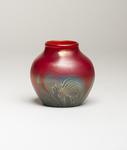 Tiffany Favrile Glass
Tiffany Favrile Glass Decorated Cabinet Vase
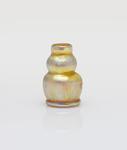 Tiffany Favrile Glass
Tiffany Favrile Glass Miniature Gold Iridescent Vase
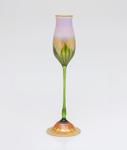 Tiffany Favrile Glass
Tiffany Favrile Glass Flower Form Vase
Tiffany Favrile Glass
Aquamarine Vase
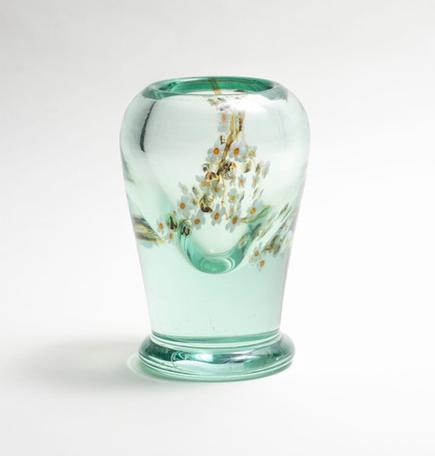
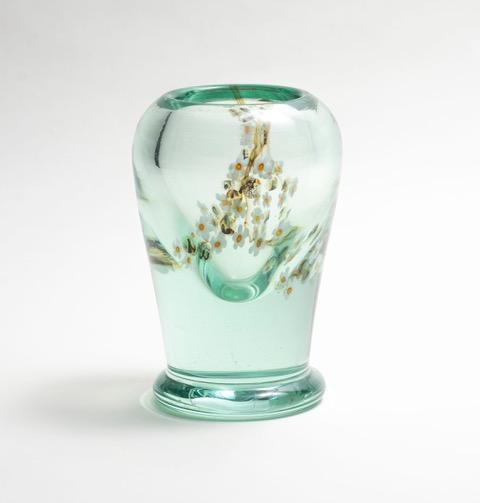
6 ½ in high
“Aquamarine” Favrile Glass has become one of the most beloved types of blown glass produced by Louis Comfort Tiffany. Aquamarine glass is characterized by a naturalistically rendered botanical or aquatic motif, entirely formed by glass, which is encased in several inches of solid, crystal clear glass, producing a naturalistic effect of fish swimming in a pond or flowers floating in a stream.
This particular vase, depicting the cherry tree, one of the most important flowering trees in Japanese culture, seems to draw inspiration from the Japanese woodblock prints that were widely popular at the turn of the century. A pair of asymmetrical jagged branches in tones of transparent brown cascade down from the rim of the vase, accented by white five-petaled flowers with red stamen at the center. Beneath these two branches, the base of the vase, in thick, clear glass with the faintest cast of blue, forms a “pool” of water, completing the scene. Tiffany’s Favrile Glass vases fused modern art with modern techniques.
Aquamarine vases were incredibly popular with Tiffany’s clientele, and examples of the type were frequently shown in the company’s displays at World’s Fairs. The signature on this vase includes the notation “Exhibition Piece,” indicating that this piece may have been shown at an International Exposition or one of the various exhibitions mounted by Tiffany over the years. A similar example is in the permanent collection of the Charles Hosmer Morse Museum of American Art in Winter Park, Florida (accession no. 67-011).
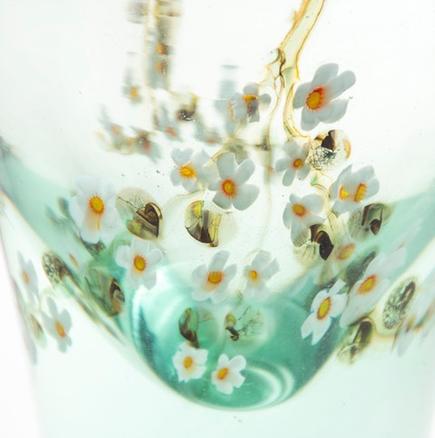
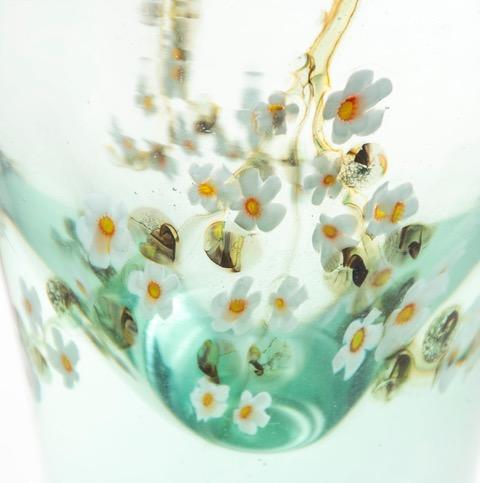
6 ½ in high
“Aquamarine” Favrile Glass has become one of the most beloved types of blown glass produced by Louis Comfort Tiffany. Aquamarine glass is characterized by a naturalistically rendered botanical or aquatic motif, entirely formed by glass, which is encased in several inches of solid, crystal clear glass, producing a naturalistic effect of fish swimming in a pond or flowers floating in a stream.
This particular vase, depicting the cherry tree, one of the most important flowering trees in Japanese culture, seems to draw inspiration from the Japanese woodblock prints that were widely popular at the turn of the century. A pair of asymmetrical jagged branches in tones of transparent brown cascade down from the rim of the vase, accented by white five-petaled flowers with red stamen at the center. Beneath these two branches, the base of the vase, in thick, clear glass with the faintest cast of blue, forms a “pool” of water, completing the scene. Tiffany’s Favrile Glass vases fused modern art with modern techniques.
Aquamarine vases were incredibly popular with Tiffany’s clientele, and examples of the type were frequently shown in the company’s displays at World’s Fairs. The signature on this vase includes the notation “Exhibition Piece,” indicating that this piece may have been shown at an International Exposition or one of the various exhibitions mounted by Tiffany over the years. A similar example is in the permanent collection of the Charles Hosmer Morse Museum of American Art in Winter Park, Florida (accession no. 67-011).
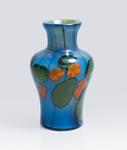 Tiffany Favrile Glass
Tiffany Favrile Glass 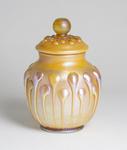 Tiffany Favrile Glass
Tiffany Favrile Glass 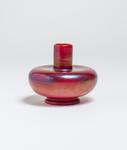 Tiffany Favrile Glass
Tiffany Favrile Glass 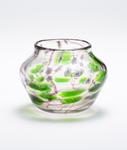 Tiffany Favrile Glass
Tiffany Favrile Glass 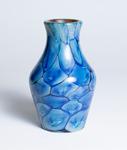 Tiffany Favrile Glass
Tiffany Favrile Glass 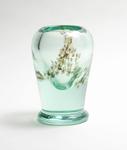 Tiffany Favrile Glass
Tiffany Favrile Glass 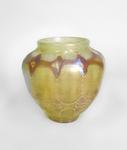 Tiffany Favrile Glass Opalescent Vase
Tiffany Favrile Glass Opalescent Vase
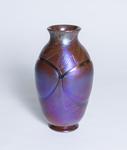 Tiffany Favrile Glass
Tiffany Favrile Glass 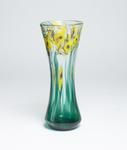 Tiffany Favrile Glass
Tiffany Favrile Glass 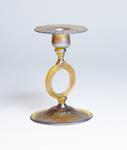 Tiffany Favrile Glass
Tiffany Favrile Glass 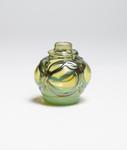 Tiffany Favrile Glass
Tiffany Favrile Glass 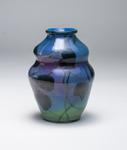 Tiffany Favrile Glass
Tiffany Favrile Glass 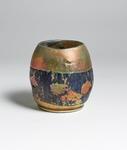 Tiffany Favrile Glass
Tiffany Favrile Glass 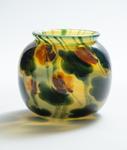 Tiffany Favrile Glass
Tiffany Favrile Glass 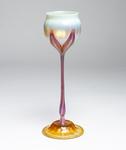 Tiffany Favrile Glass
Tiffany Favrile Glass 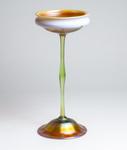 Tiffany Favrile Glass
Tiffany Favrile Glass 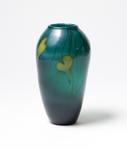 Tiffany Favrile Glass
Tiffany Favrile Glass 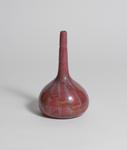 Tiffany Favrile Glass
Tiffany Favrile Glass 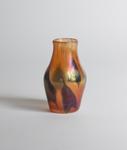 Tiffany Favrile Glass
Tiffany Favrile Glass 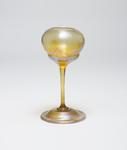 Tiffany Favrile Glass
Tiffany Favrile Glass 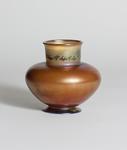 Tiffany Favrile Glass
Tiffany Favrile Glass 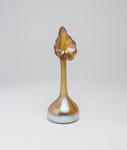 Tiffany Favrile Glass
Tiffany Favrile Glass 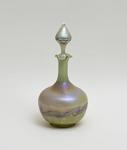 Tiffany Favrile Glass
Tiffany Favrile Glass 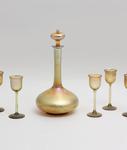 Tiffany Favrile Glass
Tiffany Favrile Glass 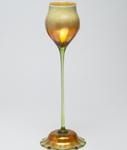 Tiffany Favrile Glass
Tiffany Favrile Glass 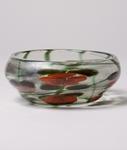 Tiffany Favrile Glass
Tiffany Favrile Glass 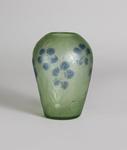 Tiffany Favrile Glass
Tiffany Favrile Glass 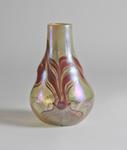 Tiffany Favrile Glass
Tiffany Favrile Glass 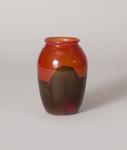 Tiffany Favrile Glass
Tiffany Favrile Glass 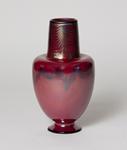 Tiffany Favrile Glass
Tiffany Favrile Glass 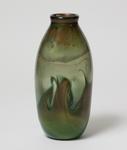 Tiffany Favrile Glass
Tiffany Favrile Glass 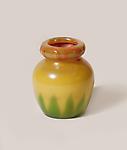 Tiffany Favrile Glass
Tiffany Favrile Glass 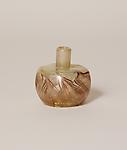 Tiffany Favrile Glass
Tiffany Favrile Glass 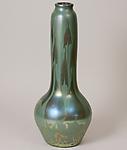 Tiffany Favrile Glass
Tiffany Favrile Glass 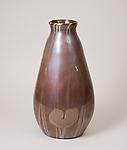 Tiffany Favrile Glass
Tiffany Favrile Glass 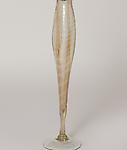 Tiffany Favrile Glass
Tiffany Favrile Glass 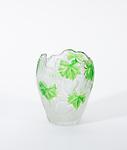 Tiffany Favrile Glass
Tiffany Favrile Glass 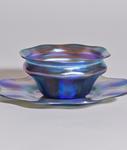 Tiffany Favrile Glass
Tiffany Favrile Glass 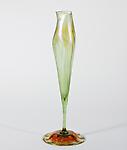 Tiffany Favrile Glass
Tiffany Favrile Glass 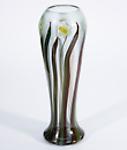 Tiffany Favrile Glass Paperweight Vase
Tiffany Favrile Glass Paperweight Vase